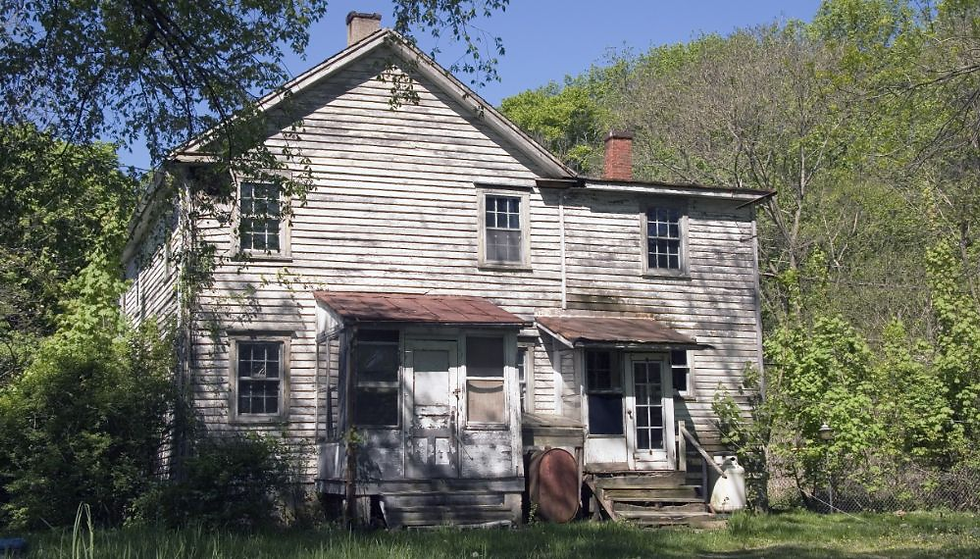“The Truth About Buying a Fixer-Upper: Is It Worth It?”
- Tammy Delwarte

- Oct 17
- 3 min read

In every housing market, fixer-uppers have a certain appeal. The price tag looks tempting, the idea of customizing your dream home feels exciting, and the potential profit sounds convincing. But before you grab your toolbox, it’s important to separate TV fantasy from real-world reality.
Here’s the truth about buying a fixer-upper — and how to know if it’s the right move for you.
1. The Allure: Lower Price, Higher Potential
Fixer-uppers typically cost less than move-in-ready homes in the same neighborhood. For buyers willing to do the work, this means instant equity once renovations are complete.
You might:
Enter a desirable area for less money.
Customize finishes to match your taste.
Build long-term value by improving the property strategically.
However, lower upfront cost doesn’t always mean cheaper overall — which brings us to the next point.
2. The Hidden Costs Add Up Fast
Renovations rarely stay on budget. Between material price increases, labor shortages, and unexpected issues behind the walls, costs can rise quickly.Common surprises include:
Outdated electrical or plumbing systems
Hidden water or structural damage
Permit delays or code compliance expenses
Pro tip: Always set aside at least 10–20% more than your estimated renovation budget.
3. Financing Can Be Tricky
Traditional mortgage lenders often hesitate to finance homes that need major work. Instead, buyers may use:
FHA 203(k) or Fannie Mae HomeStyle renovation loans (which bundle home purchase and renovation costs)
A personal loan or line of credit for smaller projects
Cash or construction loans for full remodels
Work with a lender experienced in renovation loans — and get pre-approved before falling in love with a fixer.
4. Time Commitment Is Real
Television makes remodels look fast and glamorous. In reality, projects take time — often months longer than expected. If you’re living in the home during renovations, expect noise, dust, and daily disruptions.Ask yourself:
Can I handle delays and inconvenience?
Am I prepared to live in a half-finished space for a while?
If you thrive on progress and problem-solving, it might be worth it. If not, a move-in-ready home could save your sanity.
5. Know the Difference Between Cosmetic and Structural Work
Paint, flooring, and new light fixtures are easy wins. Foundation cracks, roof replacement, or plumbing overhauls are big money projects.When touring a fixer-upper, look for:
Solid bones (no sagging floors or water stains)
A functional layout that doesn’t require walls removed
Major systems in working order
A good home inspector — or a trusted contractor — can help you distinguish between a project that’s manageable and one that’s a money pit.
6. Sweat Equity: Rewarding but Not for Everyone
If you’re handy or love DIY, a fixer-upper can be an incredible opportunity to add value through your own work. But be realistic about your skills and time.Hiring out every task quickly erases the cost savings that made the property attractive in the first place.
7. When a Fixer-Upper Makes Sense
Buying a fixer-upper can be a smart move if:
You have renovation experience or trusted professionals on hand.
The home’s location is excellent (great schools, desirable area).
The after-repair value clearly exceeds your total investment.
It’s less ideal if you’re on a tight timeline, short on cash reserves, or need a move-in-ready home immediately.
Final Thoughts
A fixer-upper can absolutely be worth it — but only with the right mindset, budget, and preparation. The key is to see past the imperfections while still being honest about the work involved. With guidance from a knowledgeable realtor and contractor, you can spot fixer-uppers that are diamonds in the rough — not just expensive lessons in disguise.
.png)



Comments